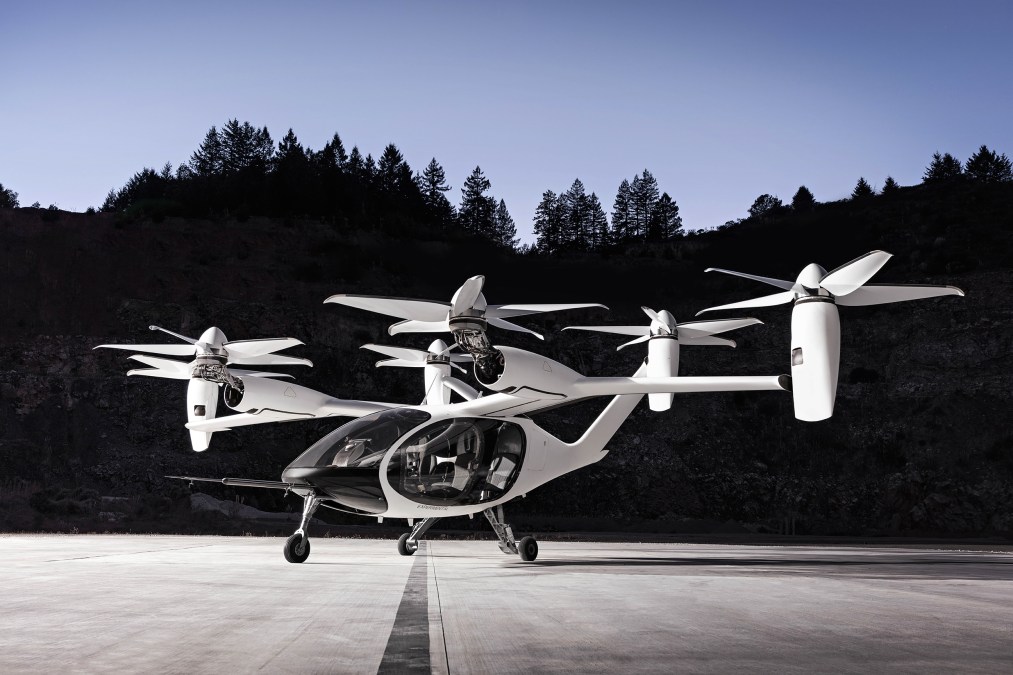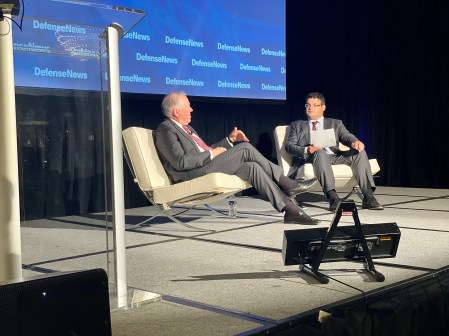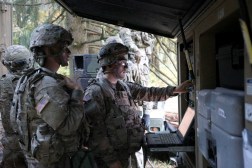Flying cars will bring new tech, new acquisition models to the Air Force

The Air Force‘s plan to add 30 “Jetsons-like” flying cars to its fleet by 2023 is rooted in a new acquisition model that leans heavily on private development while the military clears the way for regulatory approval.
Called Agility Prime, the acquisition plan leverages a model of public-private partnership where the Air Force acts as an investor in private transportation technology companies that will do the bulk of the development. Meanwhile, the service will provide testing space and trial flight hours needed to clear any regulatory hurdles.
It’s a win-win situation both for the military and commercial industry, Will Roper, assistant secretary for acquisition, technology and logistics, said Wednesday during a virtual press conference. And it could be a model to solve long-standing issues the Air Force has fielding emerging technologies that have dual-use.
“Agility Prime could be everywhere in the future,” Roper said. “I hope it becomes the standard,” he added later.
The Air Force kicked off work around the flying cars in earnest this week with virtual kick-off events attended by service officials, technology companies and other members of the government.
The end goal is not just to develop futuristic battery-powered flying vehicles in a few years, but to also ensure the supporting industry and supply chain will stay in the U.S.
It’s a lesson the Air Force learned the hard way with the last emerging aerospace industry: small unmanned areal systems. The hobbyist drone industry and supply chain largely migrated to China, causing headaches for the Department of Defense. DJI, the largest drone manufacturer in the world, was banned from military use due to cybersecurity concerns. It’s a prospect Agility Prime seeks to mitigate for the future of air transportation.
Multi-domain futures
The system that powers a flying car will require extensive automation and artificial intelligence, Roper said. The hope is that once in the air, airmen will only need to control the system like a drone operator, far short of pilot-level control.
To do that, it will be critical to enable autonomous capabilities and link to the military’s command and control network, he said.
“Most of the vendors have a plan…for autonomous options,” Roper said.
The Air Force is leading on the military’s effort to create Joint All Domain Command and Control (JADC2), the next-generation network-of-networks that will increase data interoperability among operations on land, air, sea, space and cyber.
The flying cars will be fielded with this new system in mind and operate to enable JADC2 development.
“I expect it will be a big player,” Roper said of the program’s role in expanding multi-domain operations.
Not all of the vehicles will be built with lethal intent, Roper said. While some will carry weapon payloads, others will be built purely for transportation and carrying communications nodes that command and control systems like JADC2 will rely on.






